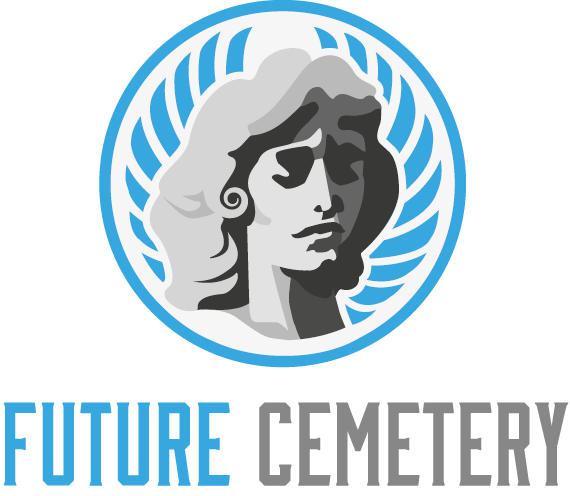Many people use the words graveyard and cemetery interchangeably today, but they weren’t always used so similarly. Both refer to locations where deceased people are laid to rest, but they differ in size, religious affiliation, and headstone requirements.
Traditionally, churchyards housed graves, but rapid population growth caused them to run out of space and more modern cemeteries were created as separate locations for the dead.
What is a graveyard?
A graveyard is a place where people are buried. It may be located on private property or on church land. A cemetery is a larger space that holds many burials and is typically more organized than a graveyard.
In the Middle Ages, wealthy or influential Christians were usually laid to rest inside a church, either in a crypt beneath the floor or within walls of a chapel. Less wealthy congregation members were buried in a portion of the churchyard known as the graveyard. The name comes from the combination of the proto-Germanic words “graban” and “gardan,” meaning enclosed land.
As populations grew, small churchyards became overcrowded. There was also a concern that decaying bodies would infiltrate the water supply and cause disease. These concerns led to the creation of cemeteries, which were larger spaces that could hold multiple burials at once. Today, most people use the terms graveyard and cemetery interchangeably. However, it is important to know the difference between these two places.
Cemeteries vs. graveyards
While the words cemetery and graveyard are often used interchangeably, the distinction is actually quite important. Cemeteries are large burial grounds that are not associated with a church, while graveyards are located within a churchyard and only allow those who are either members of that church or arranged for a religious-based funeral ahead of time to be buried there.
Churchyards, as a result of this limitation on burials, have limited space and can quickly become full. As a result, there was a need for separate locations for the dead and thus, cemeteries were created.
The difference is also apparent when you look at the rules and regulations around headstones. For example, churches tend to be more restrictive on the style and inscription of headstones and require them to be very subdued and Christian in nature. Cemetery rules, on the other hand, are more forgiving and allow for a wide variety of headstone styles. To learn more about your options, speak to your funeral director.
Cemeteries vs. churchyards
The biggest clue to distinguishing a graveyard from a cemetery is the word “church.” Churchyards are always affiliated with churches and are smaller since they are restricted by the amount of space on the church’s property.
While churchyards are still used in some countries, they have been increasingly replaced by cemeteries. They can be much bigger and have a wide variety of plots. The biggest reason for this is that people are no longer required to be members of a certain religion in order to be buried there.
In addition, it is very common for people to be buried in cemeteries who had no affiliation with any particular religious organization. This is often done in a more efficient way as well since there is no need to dig up and repair older graves that are no longer needed.
Cemeteries vs. columbariums
Columbariums can be found in a variety of settings, including cemeteries, funeral homes, and religious institutions. They can be indoor or outdoor and may be accessed through a door or a walkway.
A columbarium can be a great alternative to traditional burials and can help families that choose cremation save money. In addition to the lower cost, there is also a smaller footprint on the environment. This is especially true if the cremation process involves aquamation rather than flame.
Gord advises that cemetery operators consider the benefits of a columbarium as a way to diversify interment options and attract a more modern customer base. He explains, “Staying the course on past traditions will only continue to drive cemetery revenues down and rob families of what they want for their loved ones. It’s time for us to share ideas, experiment and get excited about how a new vision can become the start of a legacy.”
